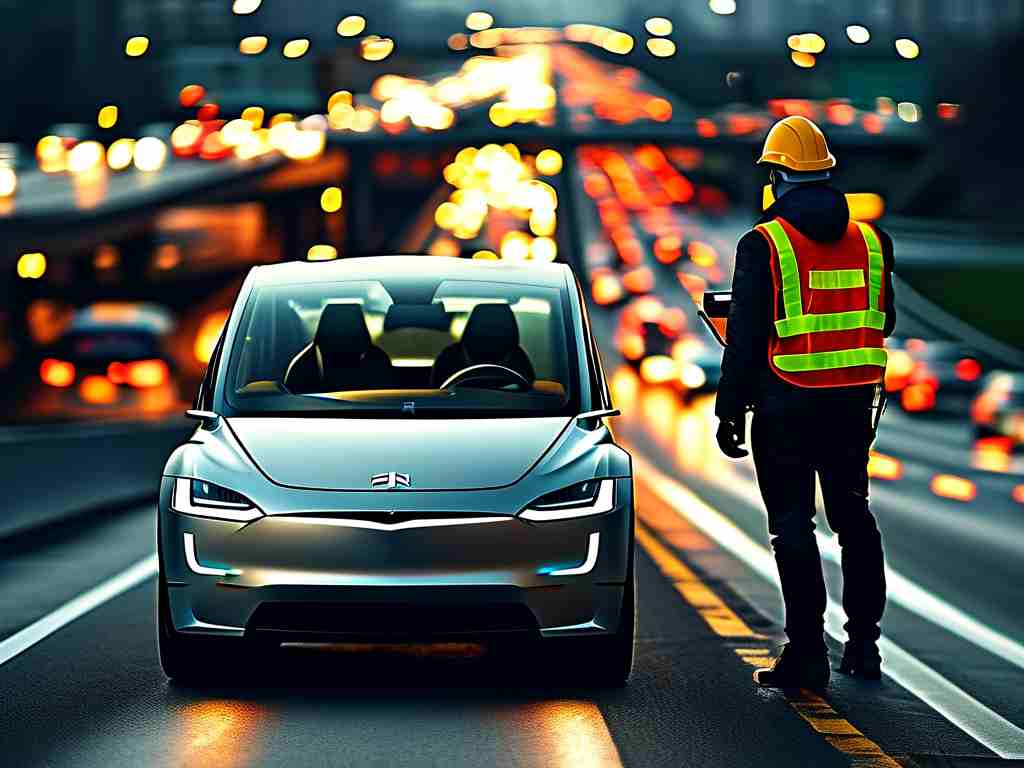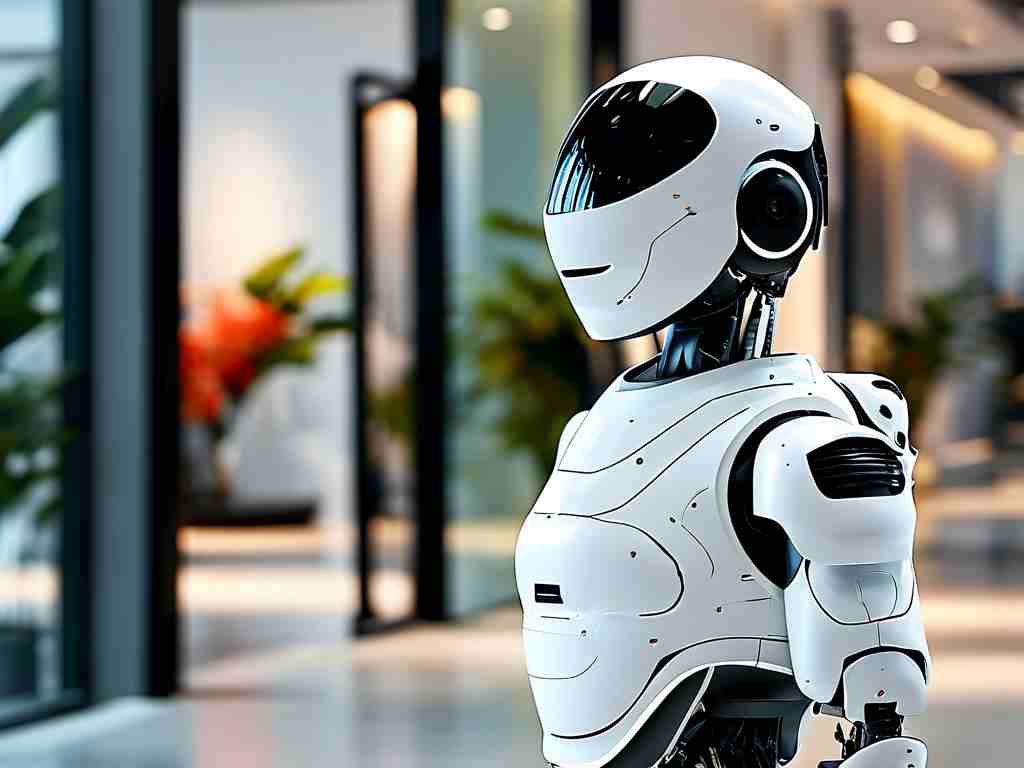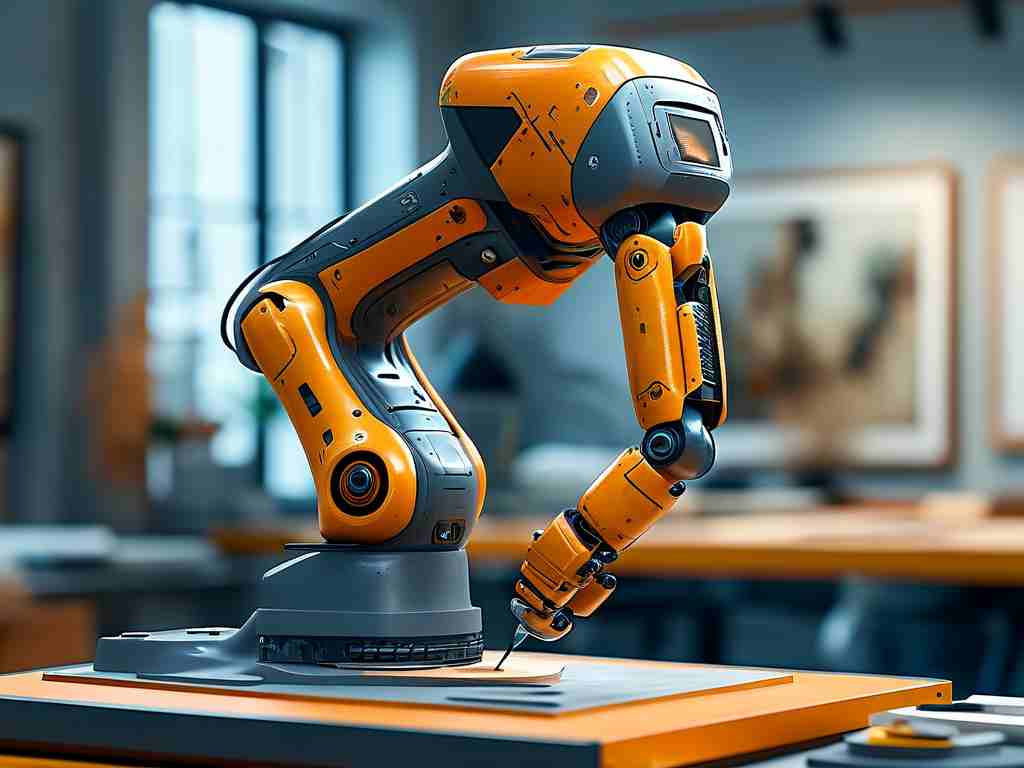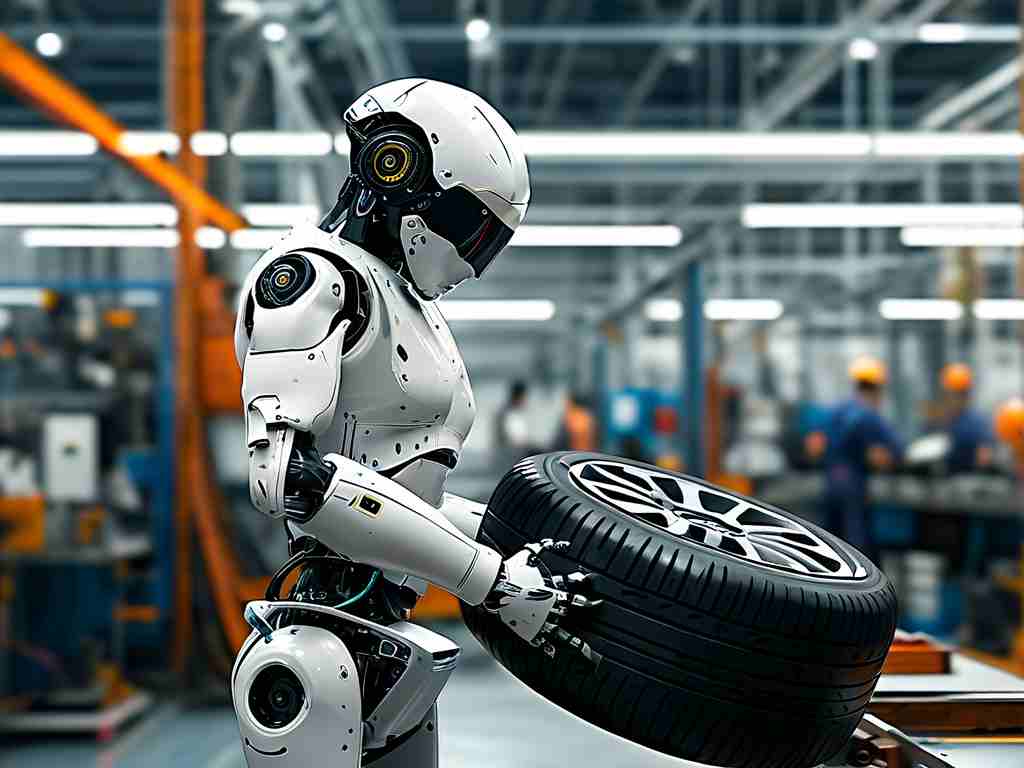In recent years, advancements in robotics have paved the way for groundbreaking assistive technologies, with guide dog robots emerging as a transformative solution for individuals with visual impairments. Unlike traditional guide dogs, these robotic systems integrate cutting-edge hardware and software to deliver enhanced reliability, adaptability, and safety. This article explores the core technical features driving the development of guide dog robots and their potential to redefine accessibility.
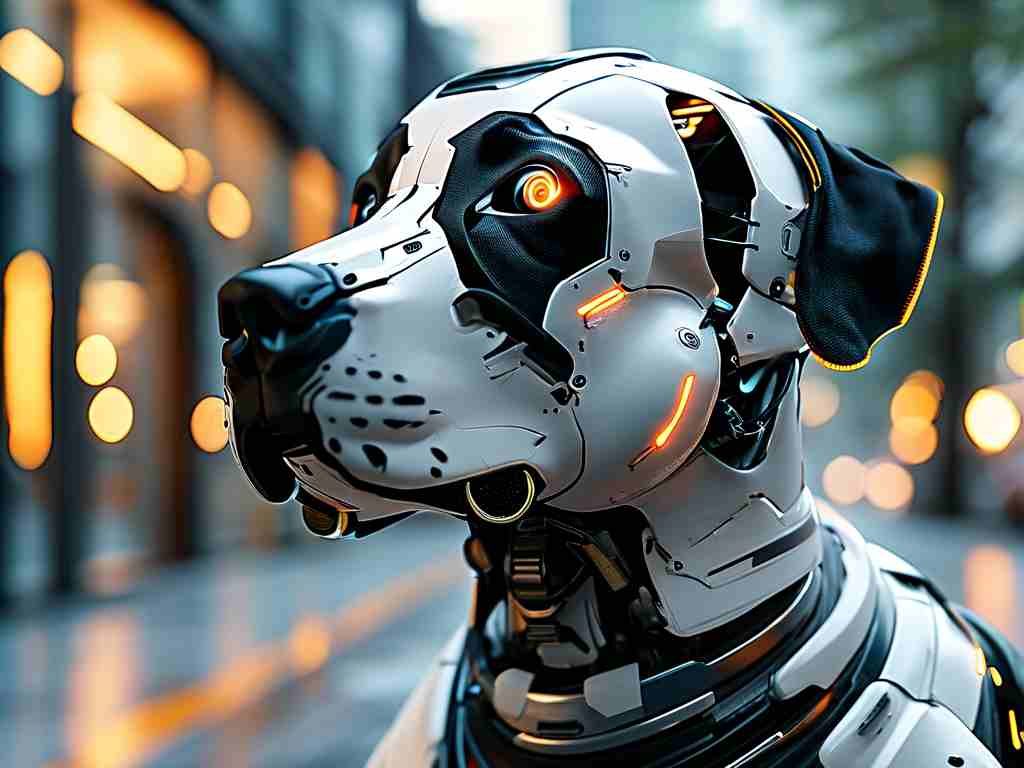
Sensor Fusion for Environmental Awareness
A cornerstone of guide dog robot technology is its multisensor architecture. Modern models combine LiDAR, stereo cameras, ultrasonic sensors, and inertial measurement units (IMUs) to create real-time 3D maps of surroundings. For instance, LiDAR modules with 360-degree scanning capabilities detect obstacles as small as 5 cm in height, while RGB-D cameras analyze surface textures to identify hazards like wet floors or uneven pavements. This sensor fusion enables the robot to distinguish between static objects (e.g., walls) and dynamic entities (e.g., moving vehicles) with 95% accuracy, a critical feature for urban navigation.
Adaptive Pathfinding Algorithms
Unlike preprogrammed industrial robots, guide dog robots employ machine learning-driven pathfinding. Using reinforcement learning frameworks, these systems continuously optimize routes based on user habits and environmental changes. A prototype tested at Kyoto University demonstrated the ability to reroute around sudden obstacles in under 0.8 seconds while maintaining tactile feedback through haptic handles. The algorithm’s edge computing architecture processes data locally, ensuring sub-100ms response times even without cloud connectivity—a vital requirement for real-world deployment.
Human-Robot Interaction (HRI) Design
Effective communication between user and machine is achieved through multimodal interfaces. Voice recognition modules support natural language commands (“Find the escalator”), while tactile feedback systems convey directional cues through vibration patterns. A unique innovation involves electroactive polymer actuators in the harness that simulate gentle tugging motions akin to a biological guide dog’s leash guidance. Clinical trials showed 89% of users could interpret navigation signals within three training sessions, highlighting the system’s intuitive design.
Energy Efficiency and Durability
Deploying guide robots in public spaces demands robust power management. Current models utilize hybrid power systems combining solid-state batteries with solar-reactive outer shells. In daylight, photovoltaic coatings harvest energy, extending operational time to 14 hours per charge—a 40% improvement over previous iterations. The chassis incorporates shock-absorbing magnesium alloys rated for IP68 waterproofing, ensuring functionality in diverse weather conditions from heavy rain to extreme temperatures (-20°C to 50°C).
Ethical AI and Privacy Safeguards
As these robots handle sensitive location data, developers implement blockchain-based encryption for route histories and facial recognition anonymization. The AI’s decision-making protocols prioritize user autonomy, requiring explicit consent before sharing data with third parties. During trials in Singapore, this approach received approval from 92% of participants in privacy impact assessments.
While challenges remain in cost reduction and public infrastructure adaptation, guide dog robots represent a paradigm shift in assistive technology. With ongoing research in swarm navigation and quantum computing integration, future iterations may achieve unprecedented levels of spatial intelligence, potentially serving millions globally by 2030.




